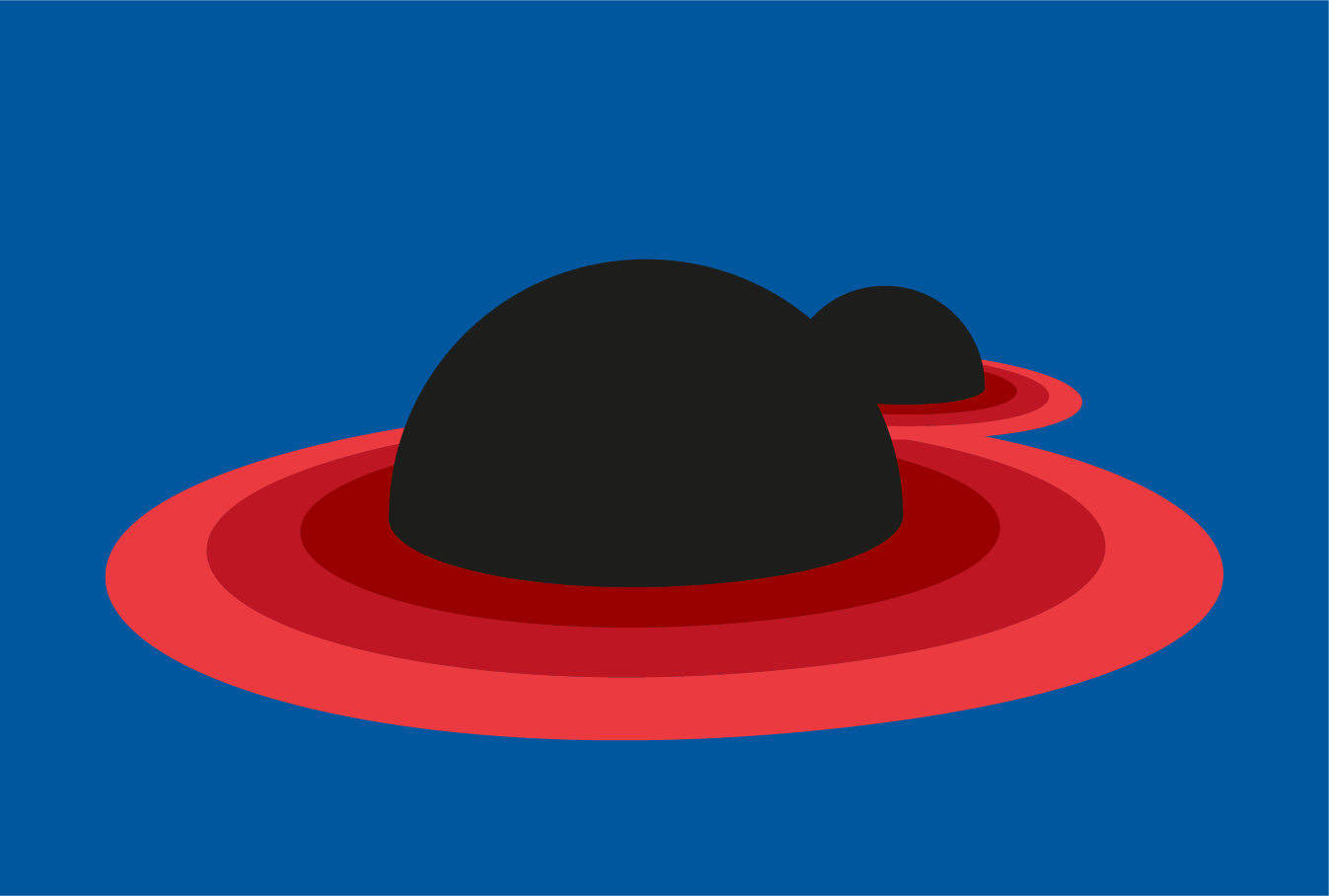The two-body problem in General Relativity
The two-body problem in General Relativity investigates the gravitational interaction between two massive objects, such as stars or black holes. At CoG, we aim to understand the complexities due to the curvature of spacetime governed by the Einstein field equations that lead to phenomena like gravitational waves and orbital precession. Examples of solutions to the problem include the Schwarzschild and Kerr metrics, which describe the spacetime around spherical and rotating bodies, respectively. Studying the two-body problem in General Relativity enhances our comprehension of interactions in the Universe by providing insight into the fundamental nature of gravity and spacetime. A recent approach to the problem, studied at the CoG, is leveraging recent breakthroughs in quantum field theory that allow an equivalent but alternative perturbative description of gravitational two-body dynamics.





